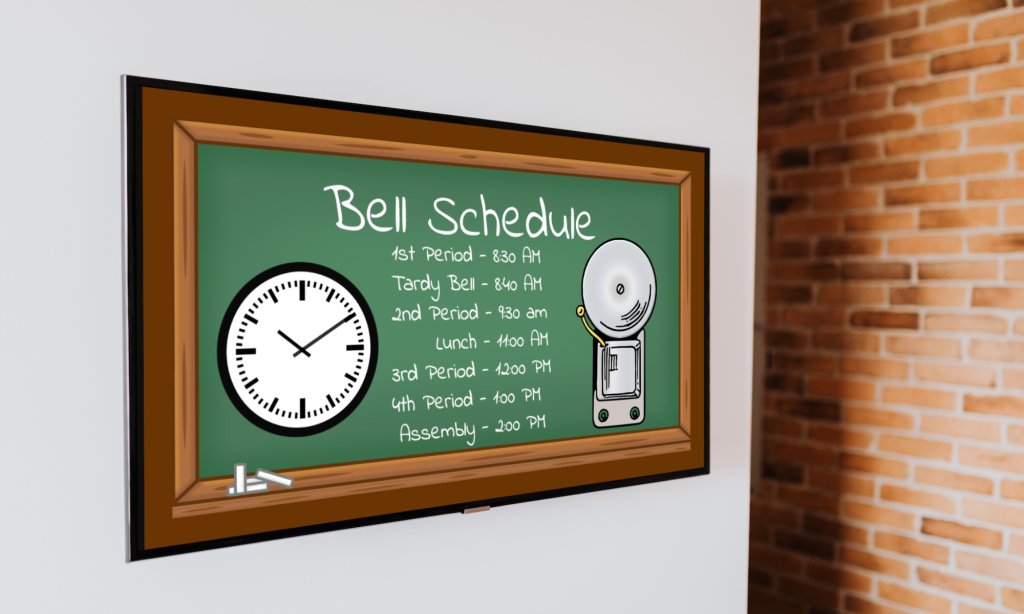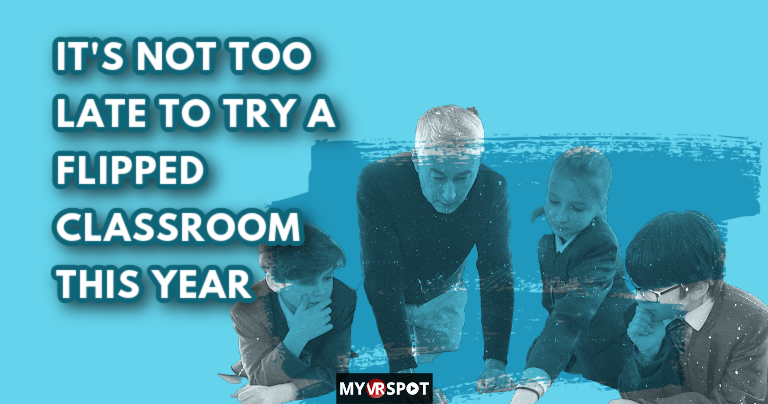This school year has been a strange and challenging one for many school districts so far, as educators, administrators, and students alike are discovering that many of the traditional models for learning and teaching are becoming less and less effective. Those who wish to meet the new and emerging needs of today’s students must find ways to adapt. One such technique that seems to fade in and out of the education lexicon is a flipped classroom. In this model, students learn new material at home by watching recorded lectures and participating in online discussions at home rather than listening to a lecture during the school day. The following day, they come to class ready to participate in hands-on activities and experiences that provide the opportunity to practice learned concepts and higher level thinking skills, typically accomplished with homework assignments in the traditional model.
The flipped classroom is said to increase student engagement, provide a wide variety of differentiation opportunities, and even improve overall academic performance. If educators in your school district are struggling to find new and adaptive ways to engage their students, or have even been toying with the idea of a flipped classroom but haven’t made the switch yet, then there is no time like the present. With the winter holiday break quickly approaching and a brand new semester to follow, now is the perfect time to equip your district’s teachers with the tools they need to flip their classrooms. With the proper setup and a bit of upfront work, it’s a simple three step process:
- STEP 1 – VIDEO CREATION: Most teachers already have a curriculum map full of well thought out and carefully crafted lessons they’ve already planned. This is the perfect place to start when it comes time to create the instructional videos necessary for a flipped classroom. Teachers simply take the material from their previously made lesson that they would’ve traditionally presented in an in-class lecture, and create a 10-15 minute video presenting that same material. (P.S. – Want some tips on how to create the best instructional videos? Check out our guide here!)
- STEP 2 – CONTENT SHARING: Once the instructional videos have been created, teachers need a way to safely, securely, and effectively share that content with their students. There are a lot of different options for this, so it’s important to look for platforms built specifically for education. These types of platforms are more likely to take into account important factors like student safety and usability, while often offering additional tools built to streamline seamlessly into the classroom and enhance students’ educational experience. Be sure that instructional content is organized and presented in a way that makes it easy for students to hold up their end of the flipped classroom bargain.
- STEP 3 – IN-CLASS EXPLORATION: Now that new material and concepts have already been delivered at home, students are ready to dive deeper and explore with higher level thinking when they show up to class. Time that was once spent delivering whole class instruction can now be spent monitoring small group projects, leading in-class debates, and providing real world opportunities to practice newly acquired skills and knowledge. The potential for differentiation is endless, as teachers can much more easily assess individual students’ needs and design instruction to address those needs when they’re not spending the majority of their time orating at the front of a classroom.
Change can be scary, and a flipped classroom takes a certain level of dedication from everyone involved. But the new year is as good a time as any to make positive changes in your schools that will increase student engagement and performance. Ready to help teachers in your district make the flip? MyVRSpot has all the tools you need to make it happen. With a suite of recording tools that includes a video, audio, and screen recorder, teachers can create all the instructional materials they’ll ever need. And they never have to worry about running out of room, as all MyVRSpot accounts come with unlimited storage and bandwidth. Sharing content with students has never been easier or safer, with the option to integrate and share directly to an LMS such as Canvas or Schoology, or even publish to a Google Classroom. Media can even be organized into different categories and presented in a Video Showcase, making it easy to display content in a video-on-demand format. Schedule a demo to see how MyVRSpot can help flip your classrooms today!





